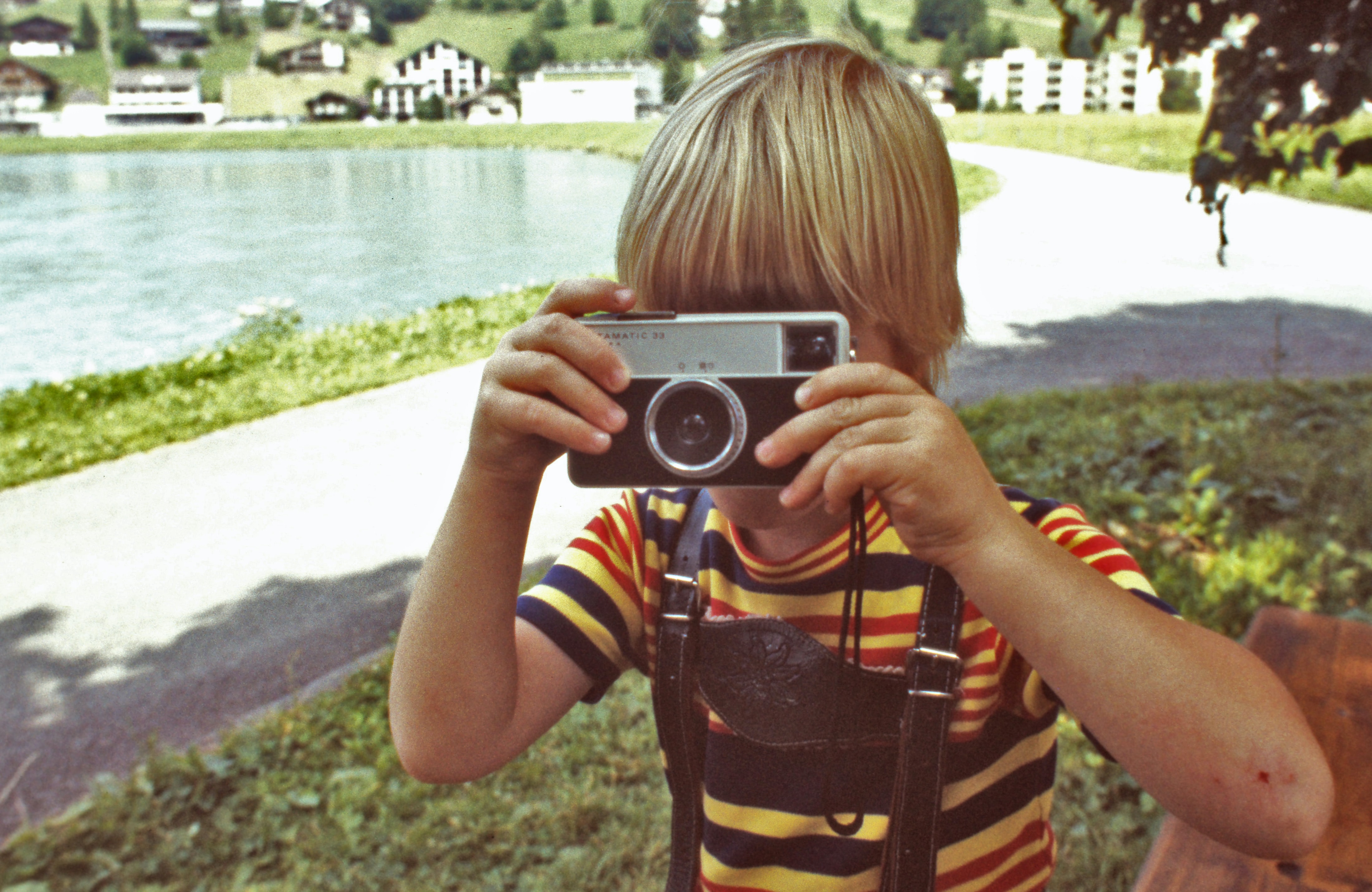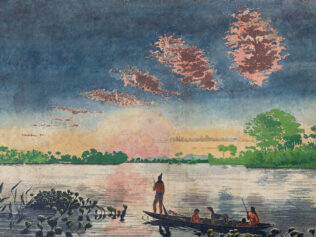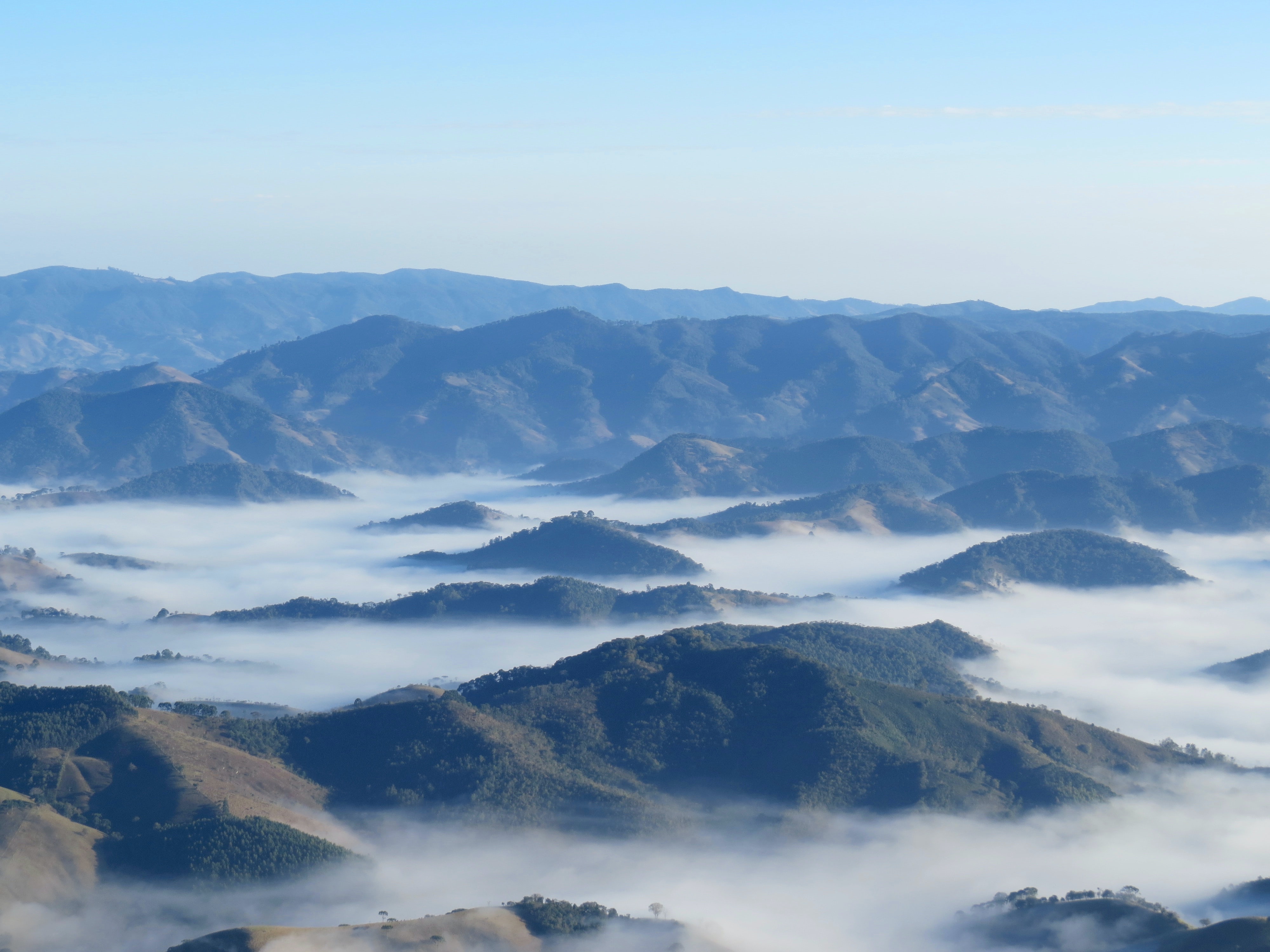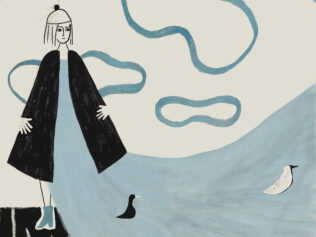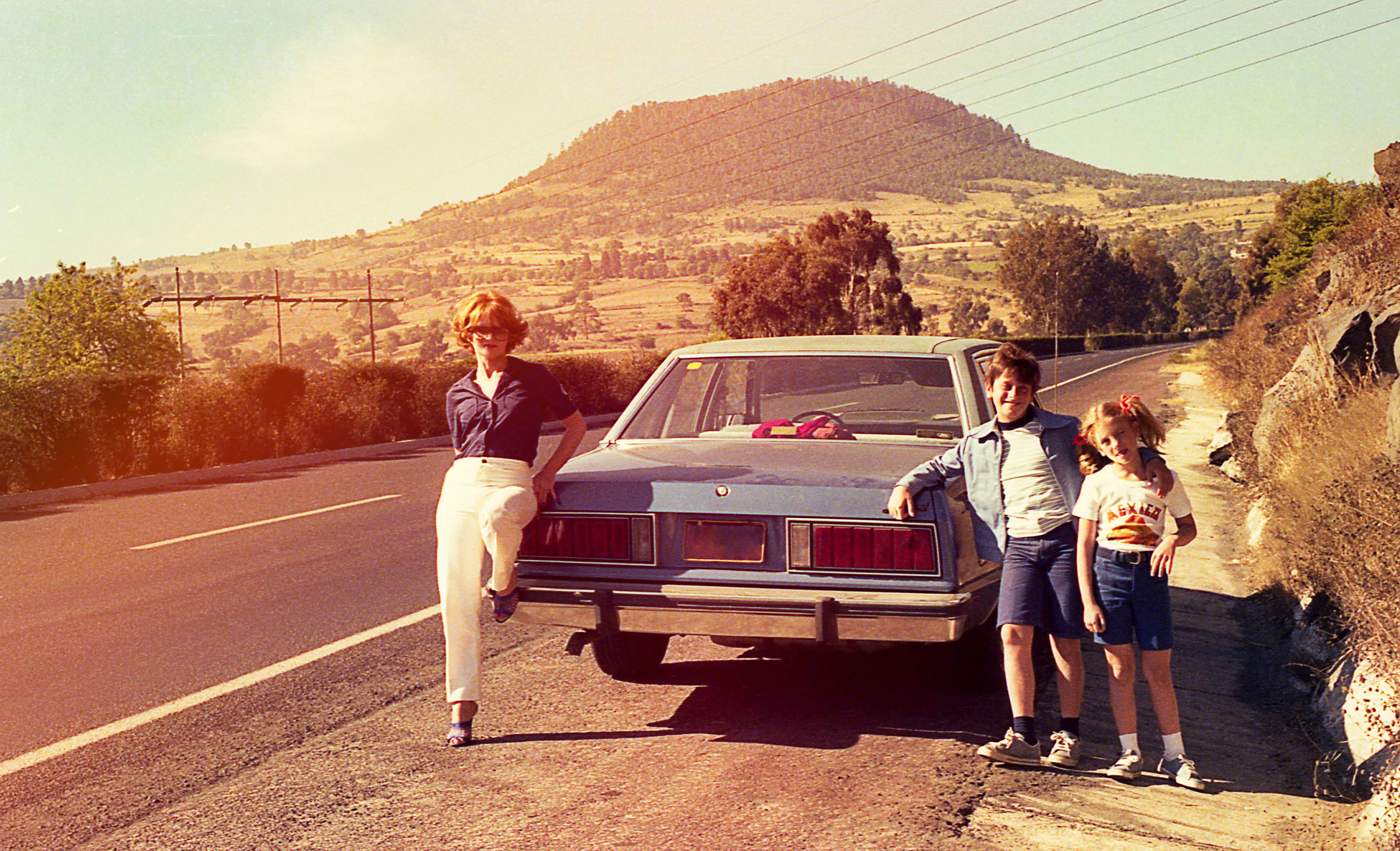
Science, magic and technology, or in praise of analogue photography.
It seems ironic that the way we think about photography has become so dispassionate – after all, it was once considered a way of locking people’s souls into motionless pictures. We trust the science behind each photograph so much – or perhaps so much time has passed since the first-ever face was captured through a lens – that we think less of clicking the shutter release than we do of pressing the dishwasher power button. And perhaps we do feel more awe when confronted with the wet turmoil inside the dishwasher’s innards than when witnessing what those photons, injected inside the camera, do on its digital matrix.
The photographic quality of a picture has lost its value; it has become emotionally stale. Light is free, and so is capturing some of its rays in the pupil of a mechanic eye. And so we record whole sequences of almost-identical frames of reality, just in case some of them don’t turn out ‘right’. Vacant and indifferent, we press the button for a few heavy seconds, generating a flurry of multiplied snaps (imitating the shutter release mechanism) that announce the birth of a series of pictures, one feeble kick of electricity away from being wiped out again.
I miss the times of single photographs. Back in the days before negatives, back when the first daguerreotypes came into existence, taking a photograph was an alchemical ritual that set an image into a metal plate once and forever. Eternity and uniqueness merged in every single photograph, which smelled chemically of metal and old pharmacy. No photograph could ever be replicated or copied – a daguerreotype was a piece of outside reality, tied to only the one moment and place in which it happened to occur. The magic took place on a silver plate, first polished to a mirror-like sheen and then prepared in clouds of bromine and thick fumes of heated mercury. A photograph was not a split-second flash, hardly licking the stream of photons that trickled through the shutter – a daguerreotype needed to feed on light till its heart’s content, and so photography meant registering long segments of reality all at once. Only the things patient enough to remain motionless for long enough could etch into the half-tones of a silvery positive. All the world’s movement melted in the wisps of greyish haze.
In want of capturing more fleeting moments and less premeditated events, photography moved from cold silver plates onto the crackling roll of photographic film. I love the sound of those words, rustling and sleek, just like a slowly-released celluloid curl. Inside, there are crystals, whole plantations and vast stretches of microscopic jewels – tiny polyhedrons made of non-permanent silver bromide. Such a simple substance, two plain atoms encapsulated in congealed gelatine. Precious silver, foul-smelling bromine, animal collagen. How incredibly analogue! When you hold a dark slide in your hand, you know that the crystals of salt nitrate are sleeping inside, dozing uneasily, dreaming of bouncing electrons and Schrödinger’s cats. You carry them onto this little roll of cellulose in the darkness, cut out by the slide that took them out of the bright world. When I was a child, I was afraid to hold the tin cans of photographic film, as if just the touch could be enough to make them crack, spilling in all the deadly light around me.
The film goes inside the camera, where you stretch it over the lens. You hesitate for a moment; now you will have to sacrifice a piece of precious photosensitivity, destroy it with light to hook a sheet of film over the cogged mechanism. Then, once the chamber is closed shut, a fresh frame is readied in the darkness, full of crystals waiting in front of the shutter-covered aperture. Levers move, the shutter cracks for a moment – and here you are, thinking the picture is already there. No, not yet. We just hurled a handful of light at the crystal pixels on the photographic film. Wherever a ray of light found its way to the lens’s eye, all the pieces of silver bromide it nudged split into pieces. Inside every crystal, there is now a black bunch of several dozen atoms of silver. There are millions and billions of them on film – afterimages of the solidified image, ghosts of reality so small they are invisible. Were I to pull those light-touched pieces of film out of the camera now, I would not see a thing. Of course, I don’t do anything of the sort. I just tighten the shutter spring again so that it’s ready to see another moment. The frame is swallowed by the scrolls of film, touching other ghostly images – I have to believe they are there, in those silver bunches and nudged crystals. For the 35 frames to come, they are still easily destructible. All it takes is to crack the camera lid open, and here it goes – an avalanche of light falls in, spreading the germs of silver everywhere.
From this moment, the image will happen in the dark. Even at the very end, when someone rolls the frames onto new spools and soaks them in various substances outside of the camera’s guts – everything takes place in serene darkness, so as not to bother the crystals unchanged by light until they finally dissolve. Only then can phantom bunches grow into silver shavings, the black dots of final pixels. Now they are visible, no longer hypothetical, black dots in the places where photons fell.
Then the photographer can hold the film in their fingers, images developed. Because it took time, a long time to develop something new, to materialize the ghosts and slices of light, first photographed just as if, temporarily, until it finally morphs into the reversed silver worlds of black suns and white shadows leaning on house walls. Negatives. You only choose the ones that seem good enough, pretending that you can see your simple, positive world in them. Even if all you find there are lead-grey faces and graphite-carved hands. Those chosen frames let you reclaim human faces in which light and darkness fall into places. And again, they come out in the movement of silver crystals – now in the sheet of photographic paper, but the process itself remains largely the same.
In photography, two things come into existence. One is an image, a net of silver pixels locked in a flat surface. But the other is a flask of unwanted pixels, hastily washed out from the darkening image with a fixer, those pixels untouched by light, waiting, those crystals waiting inside the photographic film, peaceful and unaware. Those flasks should be taken from the darkroom and placed by the wall where the photograph hangs. In the picture, there is a reality that has decided which part of it shall remain forever visible, fused in the film. And in the bottle – a negative reality, unchosen pixels, atoms of silver floating in a murky solution. We could precipitate them, melt them down, and wear the heavy and cold lump of silver, on a silver chain.
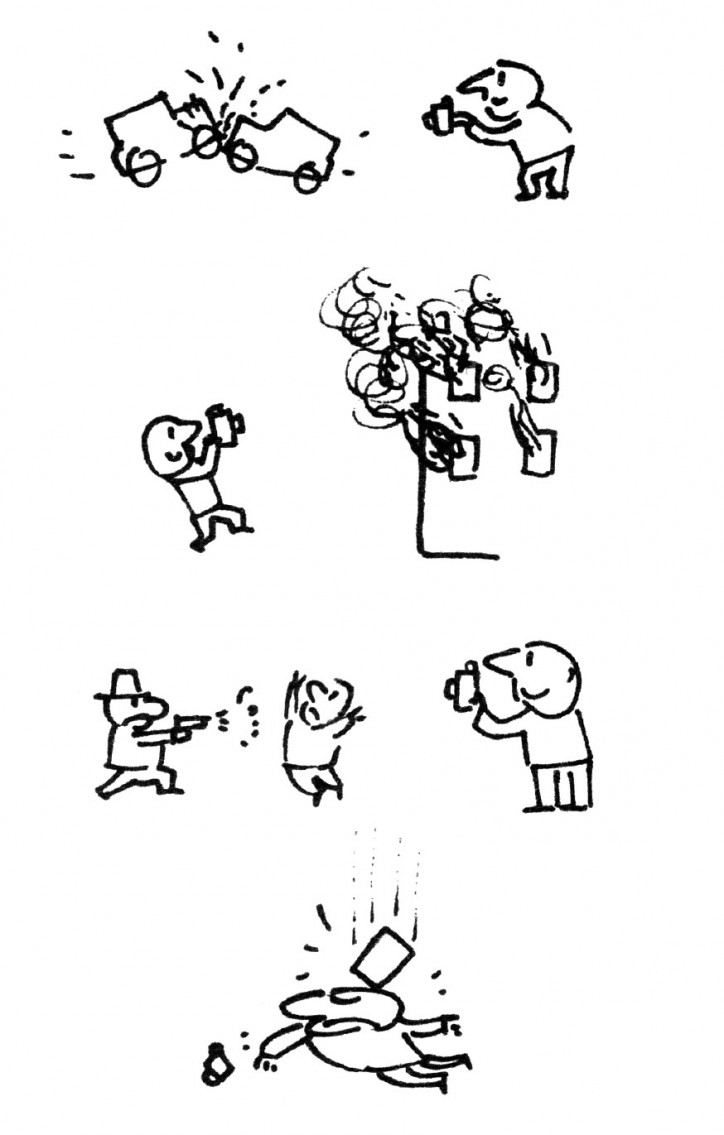
Translated from the Polish by Aga Zano


